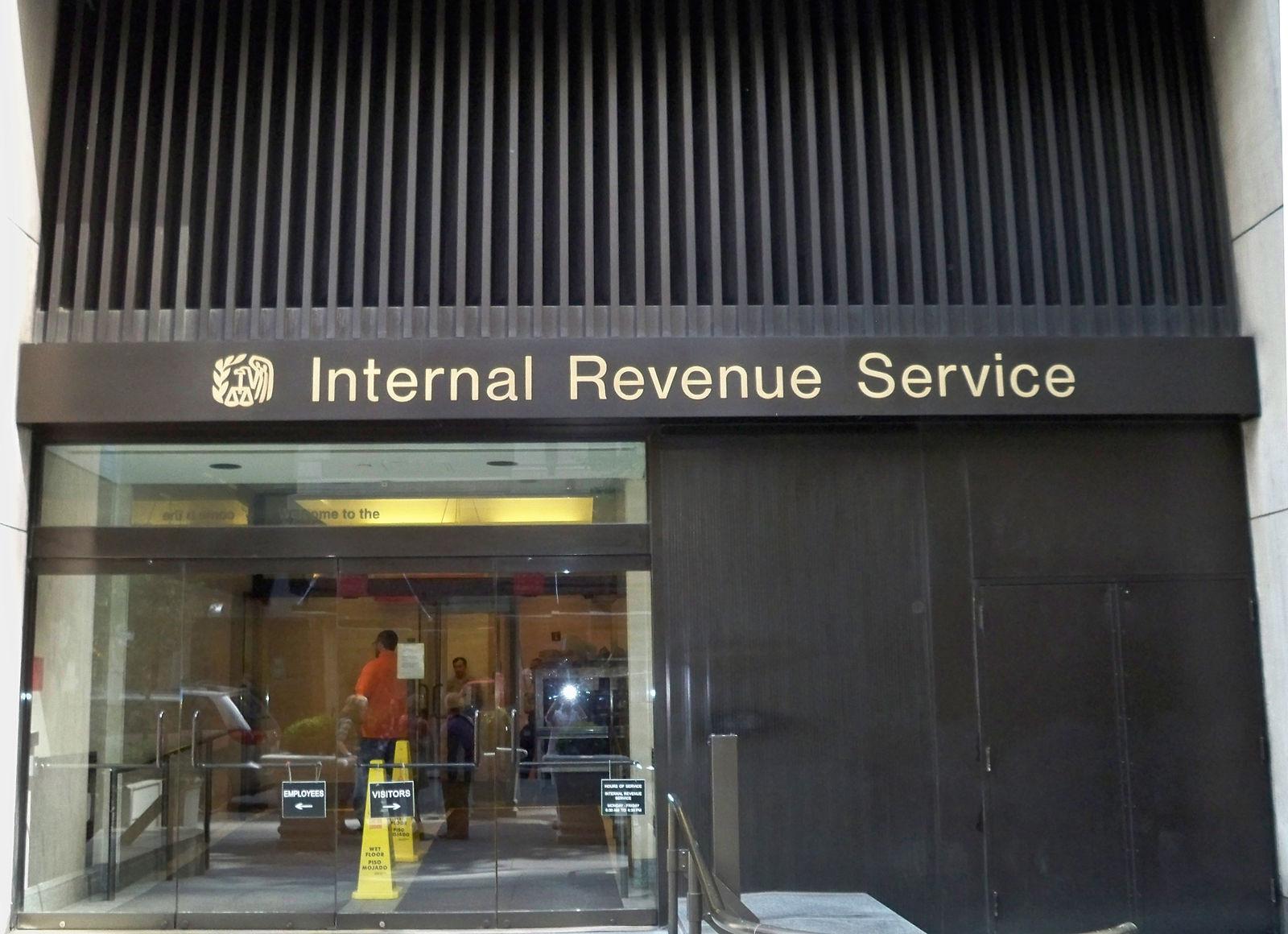Cryptocurrency Taxes: Using FIFO Versus LIFO to Get Your Cost Basis
There are different ways to calculate your cryptocurrency cost basis for capital gains taxes. We'll discuss two options—FIFO and LIFO.
Feb. 18 2022, Published 11:39 a.m. ET

The IRS treats cryptocurrency like any other property asset. That means you have to pay capital gains taxes on your crypto earnings. If you earned (or lost) money from crypto in 2021, you’ll need to know your cost basis and returns. There are two accounting methods—FIFO and LIFO.
What are FIFO and LIFO? Which method is best for determining how much you owe in crypto taxes?
Crypto calculation methods can change the taxes you owe.
Maybe you’ve heard of tax-loss harvesting, or selling certain securities at a loss to reduce your capital gains tax liability. Crypto traders don’t necessarily have to balance their gains with losses to get a tax break. Instead, you can optimize your accounting process.
There are three main crypto accounting methods:
FIFO: First-in, first-out
LIFO: Last-in, first-out
HIFO: Highest-in, first-out
We’re covering the first two, FIFO and LIFO, which are the most popular methods for calculating crypto taxes.
Capital gains only accrue when you “realize returns,” or sell an asset to reap the profit. When you have only sold a certain portion of your crypto holdings, you can change up how you calculate it based on what’s most beneficial to you. Capital gains taxes take a percentage of your realized returns. Usually, you want to go with the option that leaves you with a smaller dollar value.
How to use FIFO for crypto taxes
When calculating your crypto sales, you can use the FIFO method. This means the first coin you purchased in chronological order is the first coin you count for a sale.
Let’s look at an example:
Say you bought one Ether (ETH) token on July 20, 2021, for $1,786. On Aug. 1, you bought another ETH token for $2,556. On December 10, 2021, you sold one of your ETH tokens for $3,890.
By using the FIFO method, you’d calculate your capital gains based on the first token you bought on July 20. In that case, your capital gain would be $3,890 - $1,786, or $2,104.
What's the LIFO method for crypto taxes?
When calculating your crypto sales, you can use a LIFO method. This means that the last coin you purchased in chronological order is the first coin you count for a sale.
Let’s look at the previous example again, but this time use LIFO to calculate how much you made:
By using the LIFO method, you’d calculate your capital gains based on the last token you bought on Aug. 1. In that case, your capital gain would be $3,890 - $2,556, or $1,334.
Should you use FIFO or LIFO when calculating taxes?
In the example above, LIFO is much more beneficial than FIFO. Your capital gains on the transaction are $770 less with LIFO than FIFO, which could save you hundreds of dollars on taxes.
Of course, there might be some instances when FIFO would be better to use than LIFO. For example, let’s say you buy a crypto token for a higher value and then follow up to buy another token when the market takes a dip. If you eventually sell one token, FIFO would be better to use.
Be sure to calculate how much capital gains you get with different methods so you’re reducing your overall crypto capital gains taxes.
Whatever crypto tax method you use, make sure you know the date and time you bought each token, the fair market value and what you paid for them, when you sold them, and what you sold them for.

